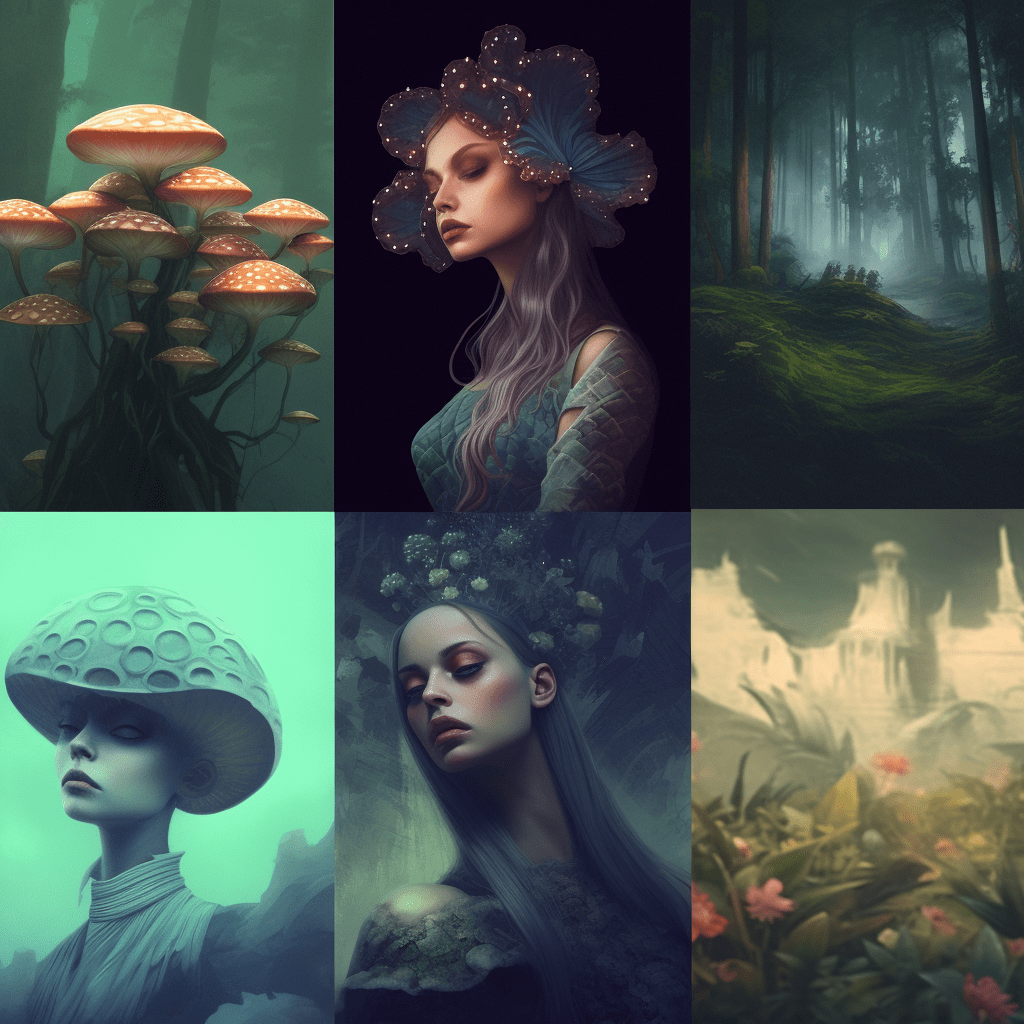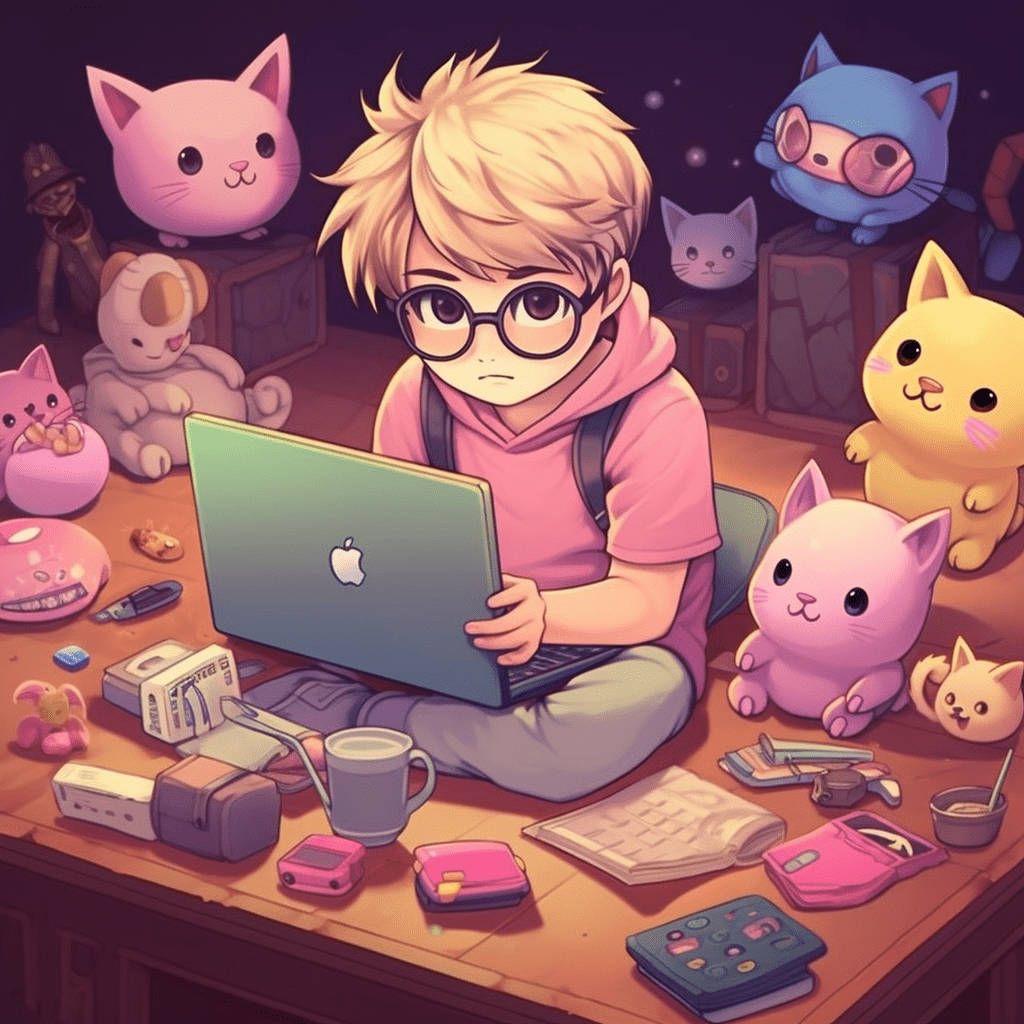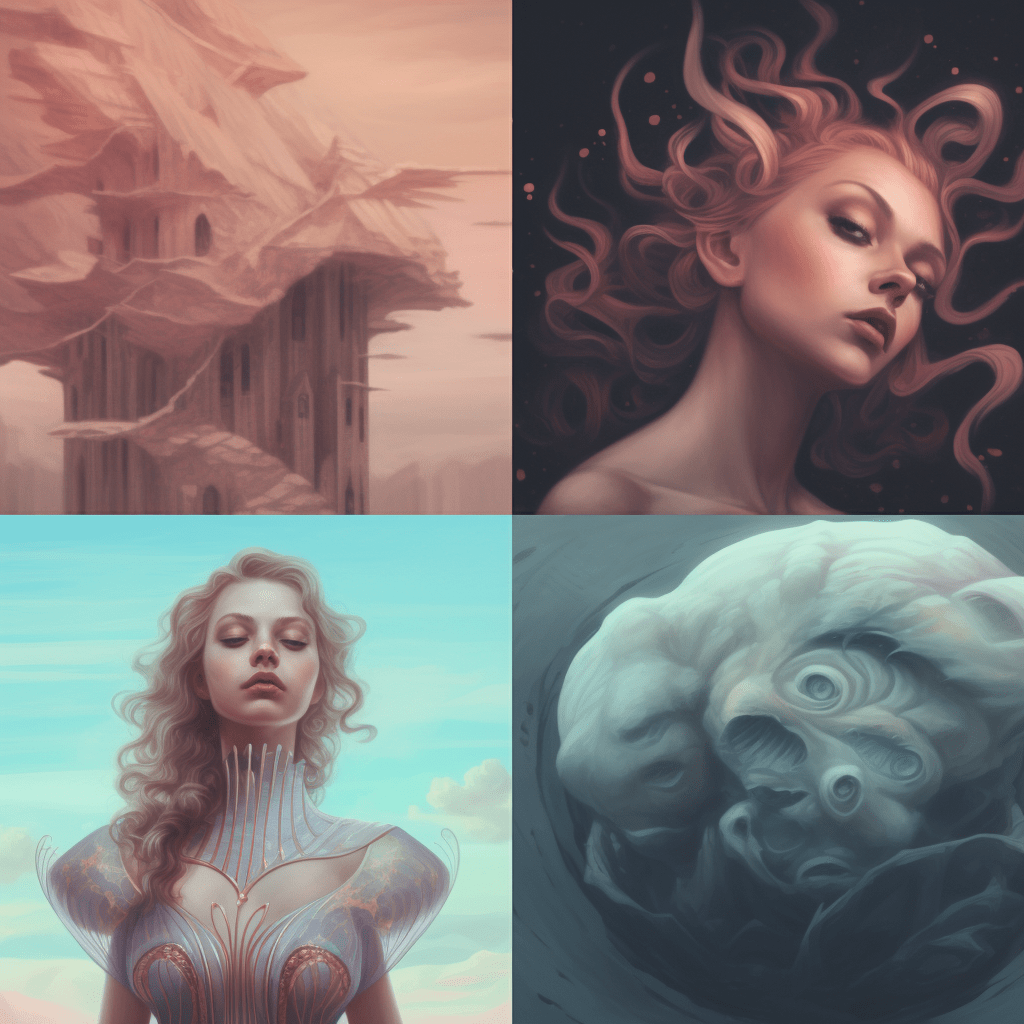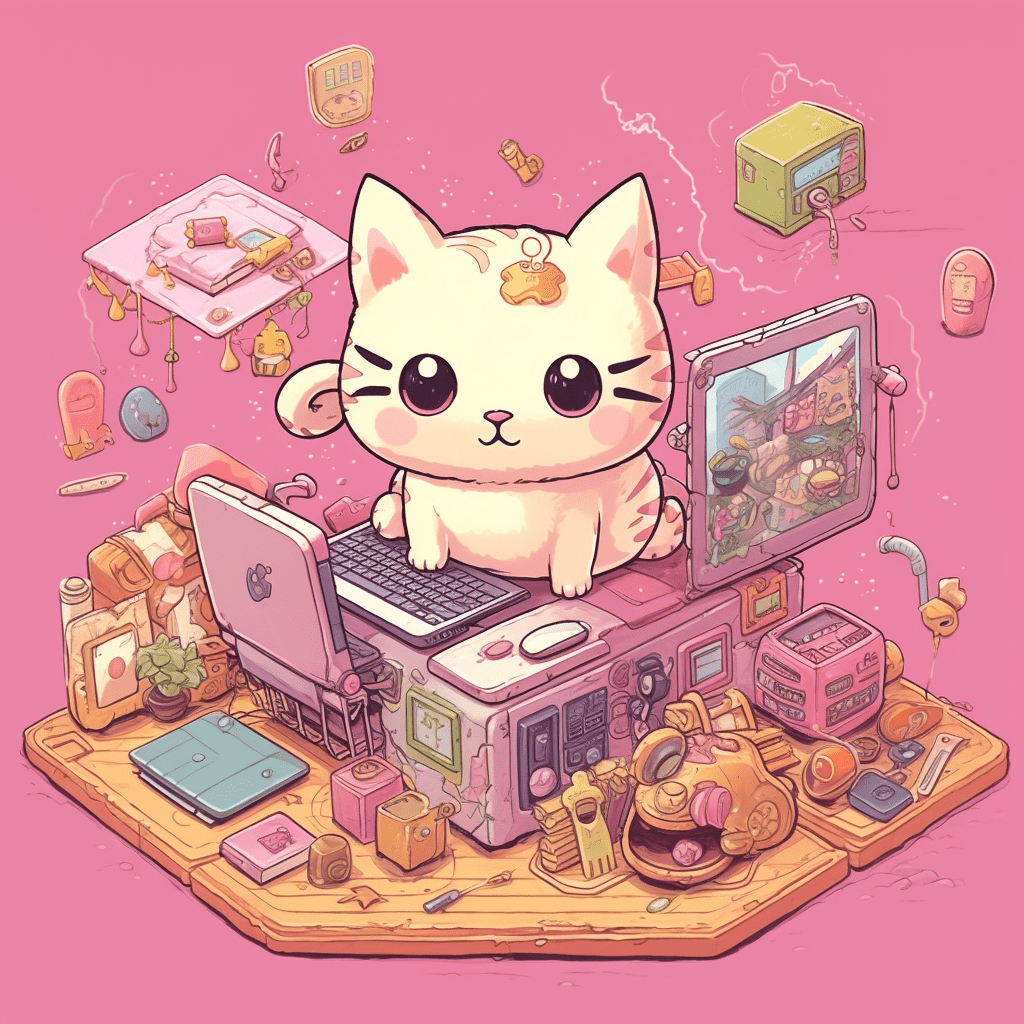The world of digital art and collectibles has undergone a radical transformation with the emergence of non-fungible tokens (NFTs). These cryptographic assets enable creators to mint unique tokens representing their digital works which can be bought, sold, or traded in the NFT market. NFTs have brought unprecedented visibility and monetization options to artists, paving the way for a new era of creative expression. In this article, we’ll discuss the exciting opportunities and processes for generating NFTs and showcase your creativity to a global audience.

Understanding Non-Fungible Tokens (NFTs)
NFTs are unique digital assets that exist on the blockchain, an immutable and transparent distributed ledger. Each NFT has its own distinct characteristics and properties, ensuring that no two NFTs are alike. These distinctive traits allow for verifiable ownership and provenance, making NFTs particularly suited for representing digital art, music, video clips, virtual real estate, collectible virtual goods, and more.
Tools and Steps to Generate NFTs

Generating NFTs and showcasing your creative work to the world has never been more accessible. Several tools and platforms cater to artists and creators who wish to mint their digital assets. Here’s a step-by-step guide to help you turn your digital creations into NFTs:
Choose Your NFT Platform: Numerous NFT platforms and marketplaces can help you generate and showcase your NFTs. Examples of popular platforms include OpenSea, Rarible, and SuperRare. Select the platform that best aligns with your specific needs and preferences, considering factors such as ease of use, community size, fees, and available features.
Connect Your Digital Wallet: Most NFT platforms require a compatible digital wallet (e.g., MetaMask) to interact with their services. Your wallet serves as a personalized gateway to the blockchain, helping you manage your NFT assets and execute transactions such as trading or transferring NFTs.
Prepare Your Digital Artwork: Before generating your NFT, ensure your digital creation meets the necessary requirements. Choose a suitable file format (typically JPEG, PNG, GIF, MP4, or MP3), and optimize image or video quality for best presentation.
Mint Your NFT: On your chosen platform, follow a series of steps to mint your NFT. This process involves uploading your digital asset, inputting metadata (e.g., title, description, tags), and selecting relevant options related to royalties and selling price.
Promote and Engage with Your Audience: After minting your NFT, share your creation on social media and engage with potential buyers, collectors, and your followers. Self-promotion is vital for building visibility in the NFT space and growing a dedicated fanbase.
Using No-Code Tools for Generating NFTs
No-code tools have emerged as valuable allies for artists and creators looking to navigate the complex world of blockchain technology and NFTs. These user-friendly platforms enable individuals with little to no experience in programming to generate NFTs, maximizing creative opportunities and simplifying workflows:
Mintbase: Mintbase offers an easy-to-use interface that supports the Ethereum network, allowing creators to mint ERC-721 and ERC-1155 tokens without coding knowledge. Mintbase integrates seamlessly with MetaMask and WalletConnect, providing a straightforward experience for creators.
OpenSea Creator: OpenSea, a leading NFT marketplace, features its built-in no-code NFT generator called OpenSea Creator. Through integration with the Ethereum network, creators can mint and manage their NFTs directly on the OpenSea platform.
Cargo: The Ethereum-based platform Cargo streamlines the process for creating and minting ERC-721 and ERC-1155 NFTs. With added functionality like mass minting and batch transfers, Cargo becomes an attractive platform for creators who want efficient features that require no coding expertise.
Generating NFTs has never been more accessible, thanks to user-friendly platforms and no-code tools that cater to creators of any skill level. If you’re an artist or creator looking to showcase your creativity to the world, there’s no better time than now to dive into the world of NFTs. By understanding the essential steps in generating NFTs and exploring available no-code solutions and platforms, you’re well on your way to making a splash in the digital art space.
Embracing an Exciting Future for NFT Creators

As the NFT market continues to flourish, new opportunities and tools are developing to empower creators and nurture creative growth. Several aspects of the NFT generation space will likely evolve, reflecting the growing needs and interests of artists:
- Cross-Chain NFT Generation: As technology progresses, we can anticipate greater integration with multiple blockchain networks, expanding opportunities for creators to generate NFTs across various platforms while still maintaining a straightforward experience.
- Creative Experimentation: With advanced no-code solutions and diverse NFT platforms, creators are encouraged to explore innovative ideas, media forms, and unique presentation techniques. The ongoing evolution of the NFT landscape will enable artists to push the boundaries of digital creativity and bring their work to an ever-growing global audience.
- Impact of AR and VR: Augmented reality (AR) and virtual reality (VR) technology are likely to play a more substantial role in the NFT generation and presentation process. By incorporating these technologies, creators can develop immersive experiences that blur the lines between reality and the digital realm, further enhancing the value and appeal of their NFTs.
In conclusion, the world of generating NFTs has never been more accessible or thrilling. Simplified tools, no-code platforms, and an increasing number of accessible resources empower artists to showcase their creativity while exploring innovative formats and techniques. Engaging with the NFT market, creators can find new audiences, monetize their work, and embark on a remarkable creative journey that transcends traditional barriers.
